|
Yes, it's finally spring. At our place in the northwest corner of the county, the first sure sign is the flowering of the Witchhazel, a soft yellow variety called 'Pallida'. It always comes as a bit of a shock, in a raw, wet week that's still too uncomfortable for working outdoors, but suddenly there it is, blooming away. After that there's a succession of minor bulbs: Winter Aconites first, then Snowdrops and Iris reticulata, then a purple Crocus planted who-knows-when by some former resident of our old farmhouse. This week, just in time for the first really gorgeous days, the Scilla sibirica are opening in the lawn on the south side of the house. But the first perennial show of the year comes from the Hellebores. Their flower buds were already pushing up three weeks ago, when I raked off the winter debris and cut back their old foliage, still hanging on but tatty and battered by the winter weather. In a couple more days the stems were several inches high, and by now the flowers are open and new foliage expanding, well before most other herbaceous plants have much to show above the ground. Hellebores are native to a broad swath of territory from western China, into the Near East, and throughout Europe. The Balkans are a particularly rich trove of species. Much collecting and hybridization has been done in the last twenty years or so, resulting in many new crosses that bloom at a younger age and carry their flowers in a more outward-facing manner than some of the older strains. But they're all lovely. The most often seen Hellebores in this area are the orientalis hybrids, commonly called Lenten Roses. They are, of course, no relation at all to Roses, belonging instead to the Buttercup family, Ranunculaceae, and around here they seldom bloom until Lent has passed. These are reasonably easy to grow, and come in a wide color range, with single or double flowers. Hellebore hybrids are featured prominently at Margaret Roach's garden in nearby Copake Falls, NY. (open for visitors via the Garden Conservancy on May 9th) Margaret's also written several excellent articles on Hellebores that are archived on her website, awaytogarden.com. If you have a woodland garden like my friends Joe and Stuart, you may also want to try the Bear's Foot Hellebore, Helleborus foetidus. It thrives for them in the filtered shade under birches, seeding around among stones and other shade-loving perennials. The Bear's Foot Hellebore is taller, sometimes two feet or more, with drooping clusters of pale green blossoms carried above the handsome, finely divided foliage. The individual plants are shorter-lived than other Hellebores, but once they start seeding around you'll have them reliably for many years. Although most of the recent hybridization has been done in Britain, the Pacific Northwest or the Southeastern US, most varieties on the market today are well adapted to our Zone 5 climate. They enjoy a good rich soil that drains well in winter, and filtered light under trees or at the base of large shrubs. They're also reasonably deer resistant, except when the tender buds are emerging, so hit them with some spray or scatter some Milorganite around them in the early spring. After the leathery leaves emerge they are rarely bothered. Try as I may, I can't help buying a couple of new varieties every spring, so I now have what I hesitate to call a collection--more an accumulation--of them. I was initially drawn to the darks: the wine-reds, deep violets and slatey blue-blacks. They are mesmerizing close at hand, but now that I'm beginning to plant them farther from the house, I find that the whites, yellows and pinks show up much better from a distance. So I suppose I'll continue adding to my plantings a few at a time, and I urge you to do the same. They're gorgeous, useful, rewarding plants, but I warn you... quite addictive!
2 Comments
|
Welcome to Sempervivum, an opinionated, sometimes informed and completely unqualified journal of gardens, plants and plantings by artist-gardener Robert Clyde Anderson. Archives
October 2021
Categories
|
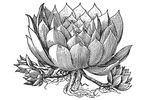
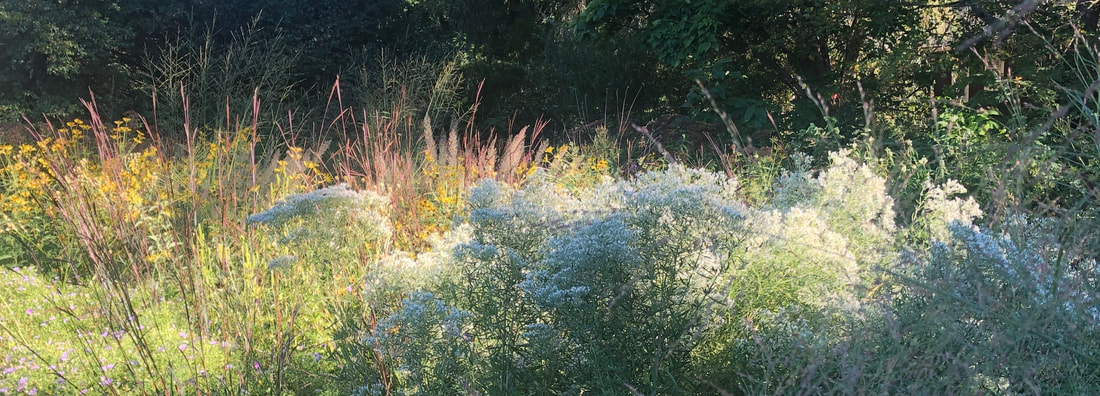
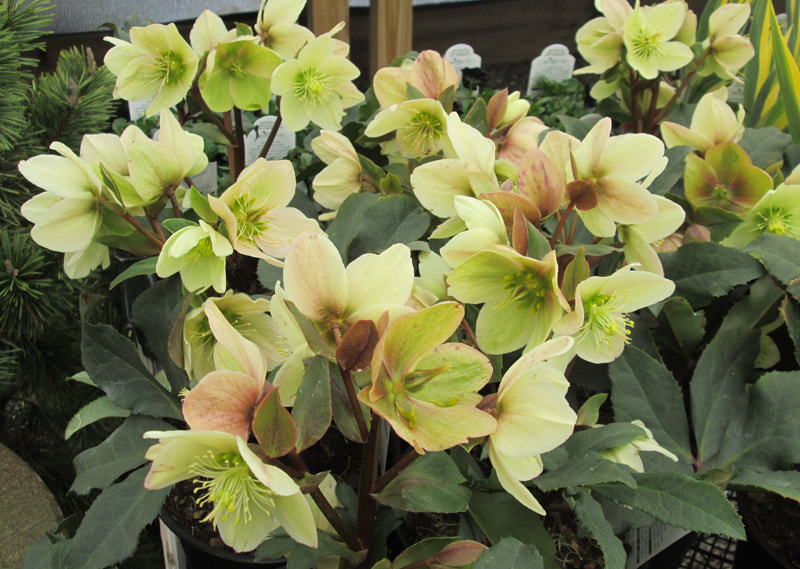
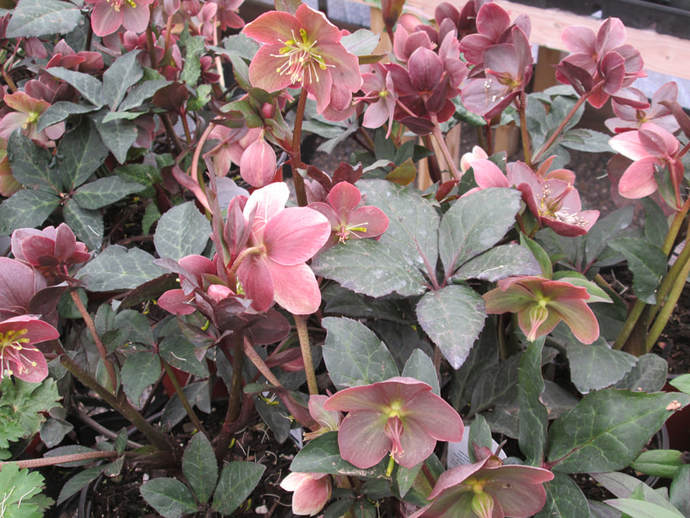
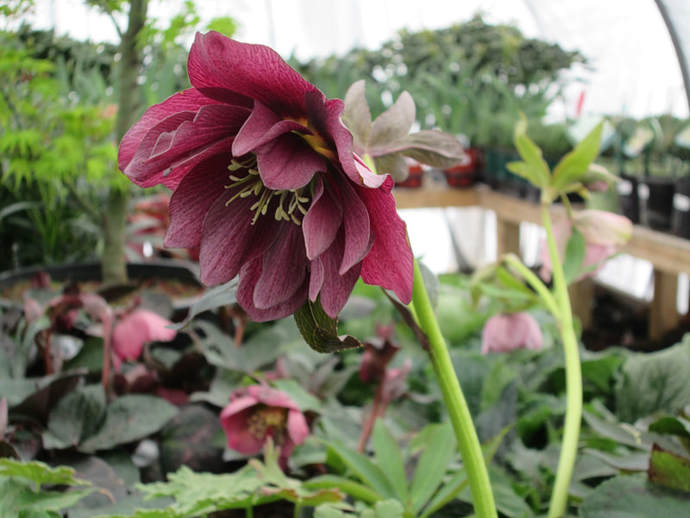
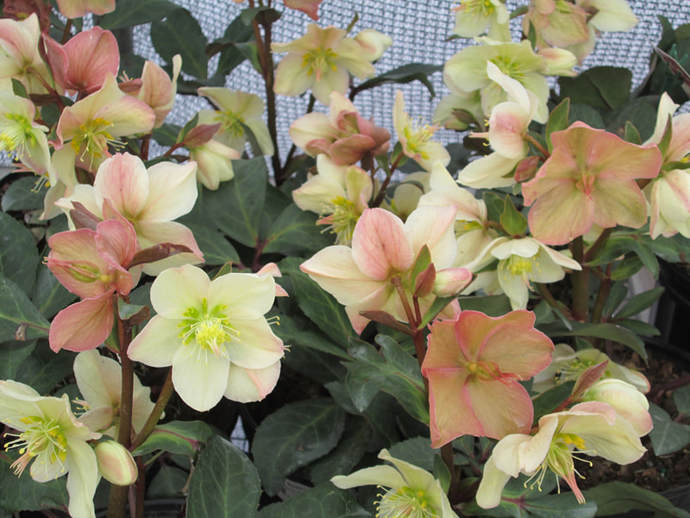
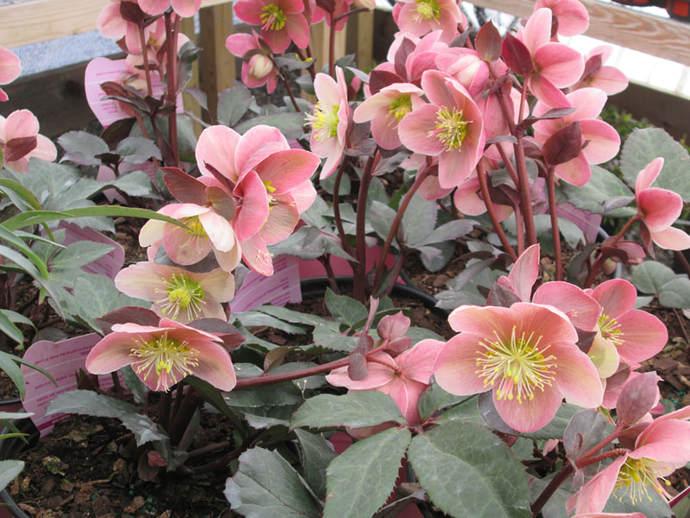
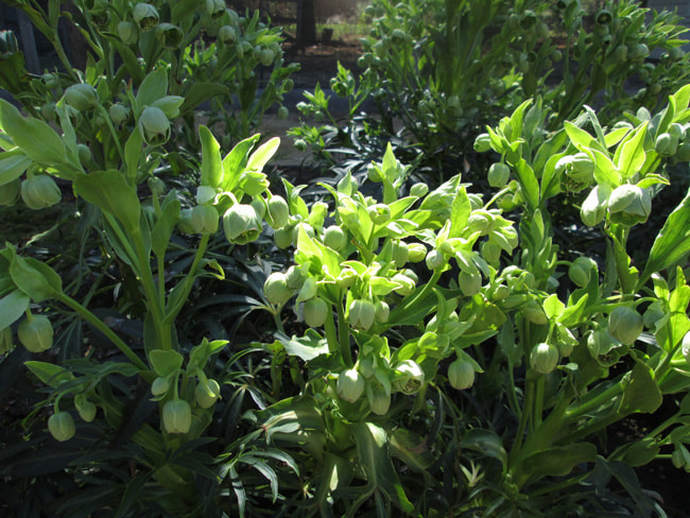
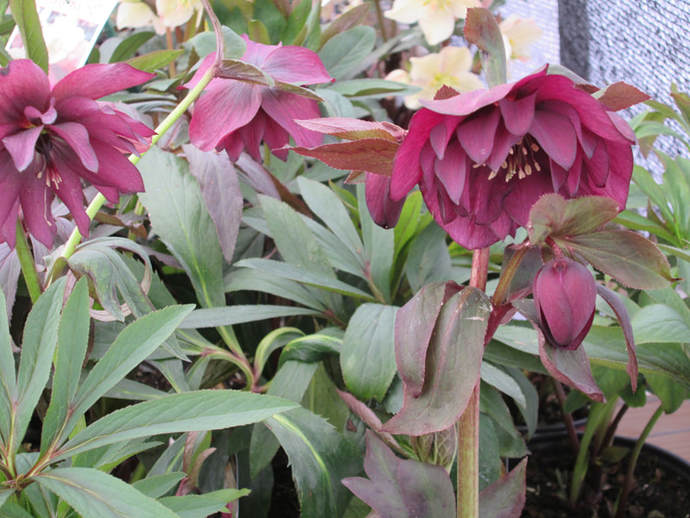
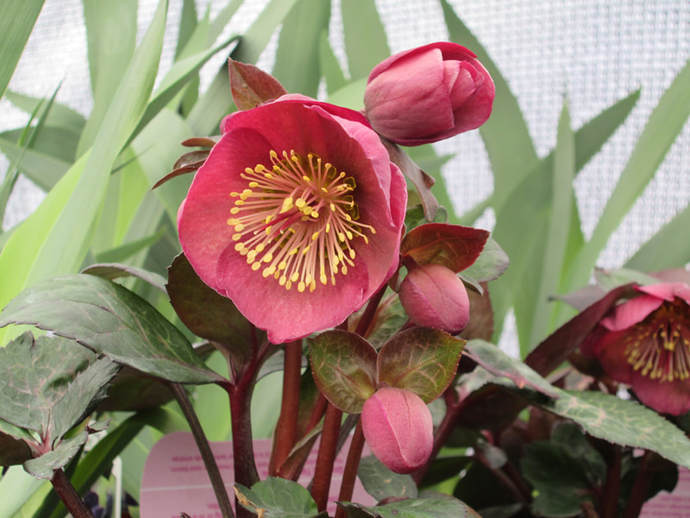
 RSS Feed
RSS Feed